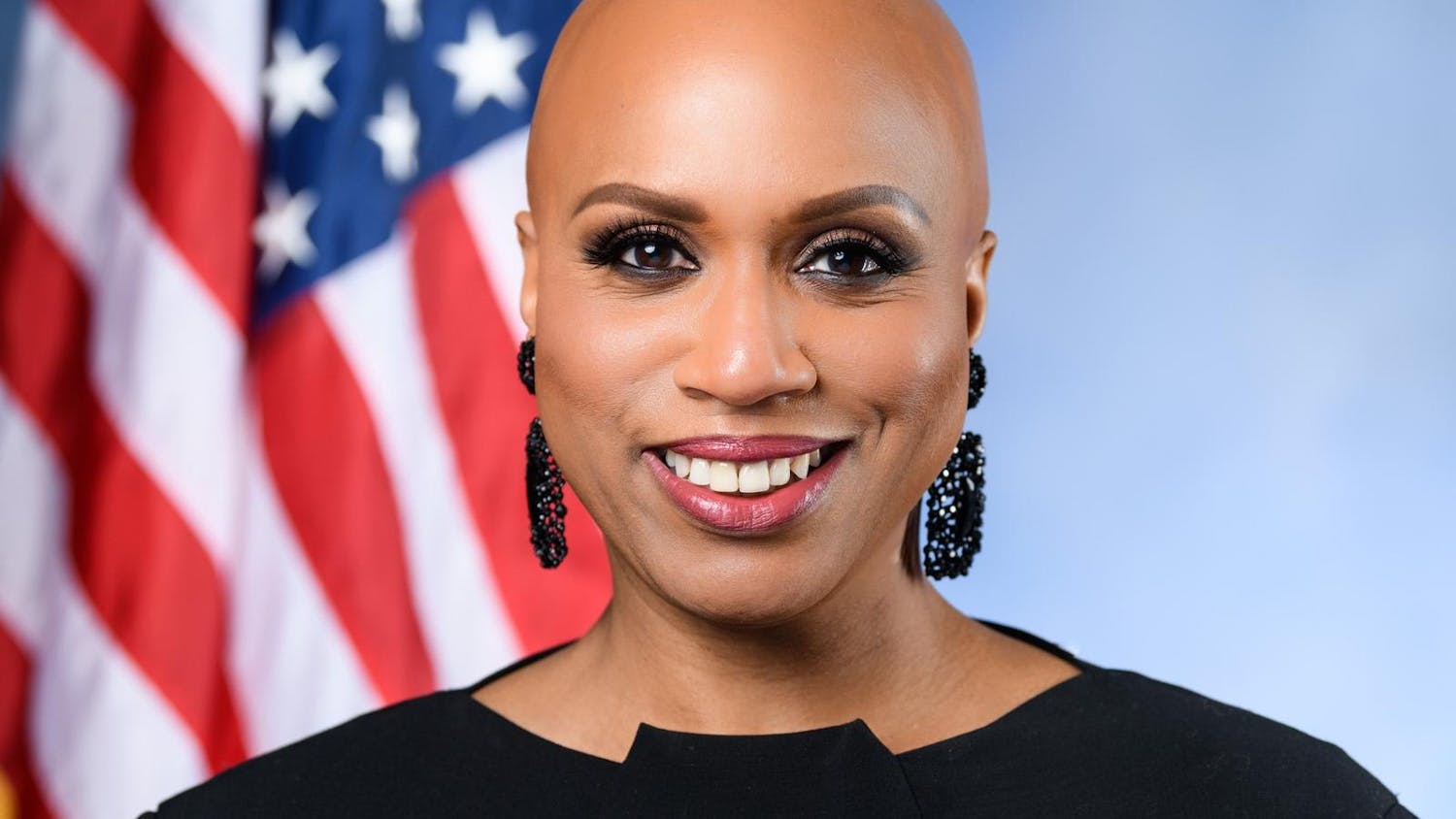The University has begun to implement proposals outlined in President Christina Paxson’s strategic plan after the Corporation approved the document at its Oct. 26 meeting, Paxson said at a faculty meeting Tuesday.
Faculty members and administrators also discussed the University’s decision not to divest from coal companies, faculty benefits, a program for excellence in teaching and changes to the faculty rules and regulations before retreating to a restricted session so that faculty members could discuss recent events at the University.
The University is moving forward with plans to recalculate financial need for international students each year, implement a new post-tenure sabbatical policy, boost support for student summer internships and Undergraduate Teaching and Research Awards, create sophomore seminars that emphasize diversity, develop a laboratory for educational innovation and identify more focuses for future TRI-Lab projects, Paxson said.
“These are things that we can do immediately,” she said.
The post-tenure sabbatical policy will offer faculty members a sabbatical at full salary six months after receiving tenure — a change from the past, when they would receive 75 percent of their pay. The change will affect faculty members who received tenure on or after July 1, 2013, said Dean of the Faculty Kevin McLaughlin P’12.
Paxson also mentioned the Committee on Master’s Education and the Environmental Change Task Force as two groups that will begin to work toward strategic planning goals. She said the task force was “compelled to move forward quickly,” due to support on campus for additional methods to combat climate change.
She said an Institute for Environment and Society is likely to be established in the coming months that will focus on issues of climate change among other relevant topics.
At the October meeting, the Corporation also decided not to divest holdings from major coal companies, a decision that sparked controversy on campus.
“The discussion was thorough and full,” Paxson said, adding, “It was not a slam dunk. We thought long and hard about it.”
The Corporation did not conduct a vote to divest from coal, but instead came to a mutual agreement that divestment is not a wise goal for the University at the present time, she said. “We consider that matter settled.”
Professor of Geological Sciences Timothy Herbert said he was “disappointed” with the Corporation’s decision, adding that “there is a need for more leadership” at Brown. “We must chart a path,” he said. “I hope that the University takes this challenge on.”
Provost Mark Schlissel P’15 spoke about administrative decisions regarding faculty benefits in response to a resolution written by an ad hoc committee on employee benefits in January.
This year, a projected $96 million will be spent on faculty benefits, a number that increases every year, Schlissel said.
But tuition assistance for University employees whose children attend Brown has remained stagnant at $10,000 per year per employee since 2002, he said.
Schlissel said the best option for the University in addressing the issue is to index the number “to prevent further erosion.” Starting in January, the $10,000 annual tuition assistance provided for children of University employees will increase by a percentage equal to any increase in University tuition.
Other options that the University considered but ultimately decided against were increasing tuition assistance by 36 percent, a percentage that accounts for inflation and increases in University tuition, and providing low-interest loans to tenured faculty members.
Professor of Religious Studies and East Asian Studies Harold Roth, who chaired the ad hoc committee, said indexing is “a step in the right direction,” but more improvements are needed.
Roth said the Tuition Assistance Program currently covers 20 percent of Brown’s tuition, a number that pales in comparison to the over 60 percent offered at peer institutions, adding, “Why not put that in the strategic plan as something we would be open to?”
“We are unconvinced that it will make Brown a stronger University,” Schlissel responded, though, he said, “it’s not that these things aren’t worthwhile to ask for.”
“I’ve never lost a faculty member because the TAP was $10,000,” Schlissel said.
The faculty also passed three motions to amend the Faculty Rules and Regulations.
The first motion added the dean and associate dean of the School of Public Health to relevant committees and boards of the University, such as the Graduate Council, the Tenure, Promotions and Acquisitions Committee and the Academic Code Committee.
The second motion amended the membership of the Campus Planning Advisory Board to be consistent with recent staffing.
The third motion revised policies regarding University committee members who take leave or sabbaticals during their tenures on the committees. The changes allow for the committee to decide on a one-semester replacement for the departing member, which would allow members to continue their terms when they return, as opposed to having to resign from the committee.
Kathy Takayama, executive director of the Sheridan Center for Teaching and Learning, gave a presentation on the center’s departmental peer teaching observation training. Established in 2012, the program involves professors observing and giving feedback on other professors’ classes within departments.
James Valles, chair of the physics department and professor of physics, said five teachers in his department volunteered to participate in the training and observation.
The training program works toward “breaking down the walls of the classroom,” a traditionally private endeavor, Valles said. “I’m pretty happy that now we have the words to talk about our teaching.”
The program was discussed in response to the Faculty Executive Committee’s focus on excellence in teaching this academic year, said Iris Bahar, chair of the FEC.
The voting and non-voting members of the faculty moved into a restricted section at the conclusion of the meeting to discuss “recent events on campus,” Paxson said.
The restricted session was formed so that the members of the faculty could have a “private discussion,” Schlissel said.
ADVERTISEMENT




